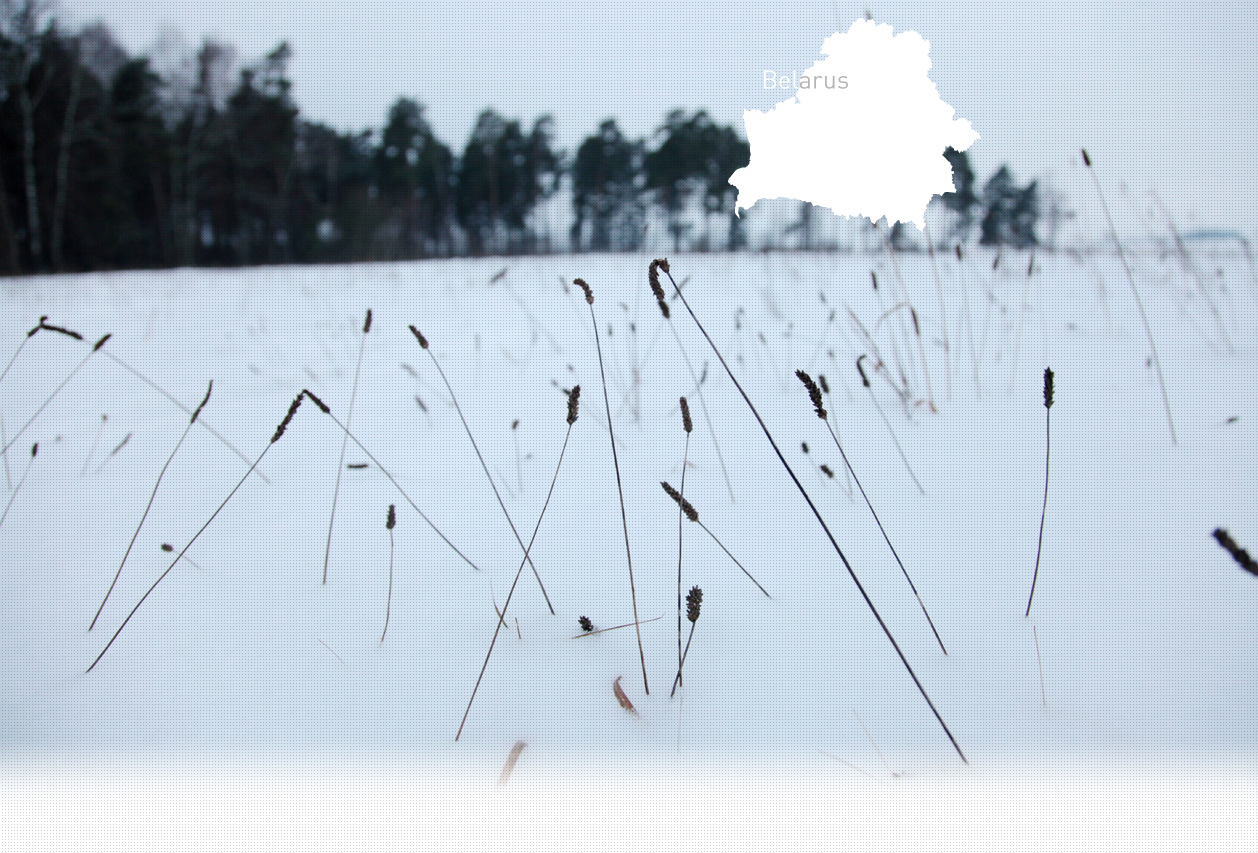

1 Killing site(s)
Yelena S.: "The Jews were taken from Ostrino to the river in wagons. The Germans assembled Jews from several different villages in the central square. There were men, women and children." (Witness N°341 interviewed in November 2010)
Ostrino is a small town located 50 km east of Grodno. In 1921, its population of 1572 included 1067 Jews. The city was under German occupation from 1941 to 1944. According to witnesses interviewed by Yahad In - Unum, the majority of Jews lived in the town center. There was a synagogue for men and one for women, a Jewish cemetery, and a Jewish school.
An open ghetto was established in October 1941. It was located near the market square between Grodno, Novy Dvor, Vilnius, and Cerkiew Streets. Jews from other villages, including Vassilichki or Dembrovo, were also interned in the ghetto. According to witnesses interviewed by Yahad In - Unum, it was possible to acquire the labor of a skilled worker within the ghetto, including seamstresses. The locals had to make an official request if they were in need of that type of work. Shortly after October 12, 1941, about 80 Jews from the ghetto were executed at the Jewish cemetery. In Ostrino, there were frequent, isolated shootings of Jews. Some took place in the Jewish cemetery, as mentioned by Ievdokim B., interviewed by Yahad - In Unum. At the end of October 1942, the ghetto was liquidated and the Jews transported to a transit camp in Kolbassino, south of Grodno. Before leaving, they were assembled in the central square. According to eyewitnesses, some of them brought gold. Initially jailed in the Kolbassino camp for about a month, alongside 22,000-28,000 Jews from nearby communities, the Ostrino Jews were sent to the Auschwitz extermination camp at the end of November 1942. Bodies at the Jewish cemetery were exhumed a few years ago during the construction of a gas pipe.
Do you have additional information regarding a village that you would like to share with Yahad ?
Please contact us at contact@yahadinunum.org
or by calling Yahad – In Unum at +33 (0) 1 53 20 13 17